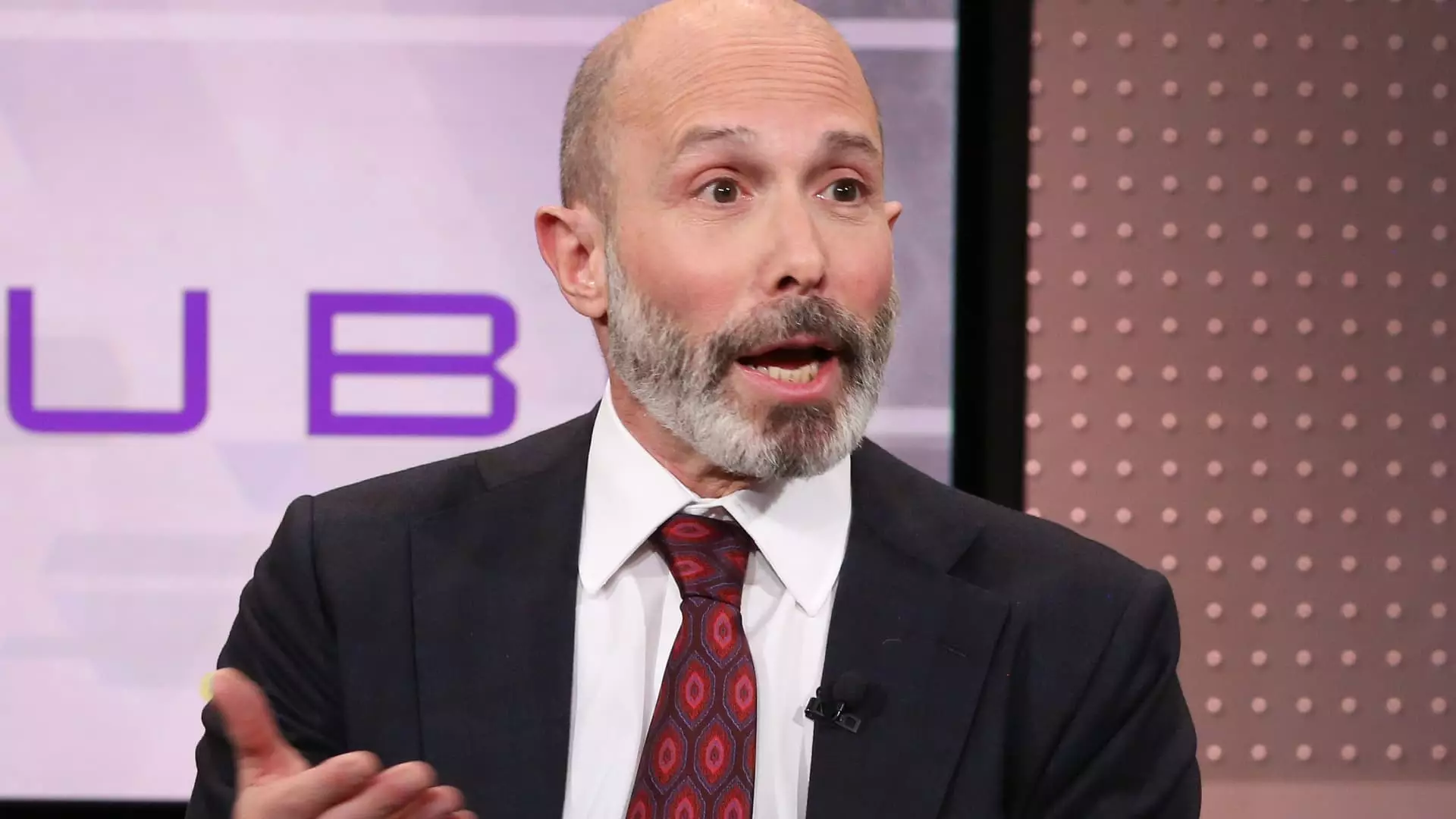California has always presented a unique challenge for insurers, and this landscape is becoming increasingly complex. Recent statements from Evan Greenberg, CEO of Chubb, reflect the compounded difficulties that insurers face in the Golden State. Notably, Chubb has maintained a firm stance regarding the balance of acceptable risk and reasonable returns, a philosophy that has navigated the company through turbulent financial waters and resulted in remarkable performance metrics in recent years.
Greenberg recently showcased Chubb’s formidable financial results during the company’s fourth-quarter earnings call, revealing that 2024 was a standout year for the firm. “We had a great quarter, which contributed to an outstanding year. In fact, the best in our company’s history,” he stated, with the company’s shares reflecting this optimism by rising approximately 3% on a recent Wednesday alone. Over the entire year, Chubb’s stock increased by 13%, although it did encounter some headwinds caused by devastating wildfires in the Los Angeles area.
These wildfires pose significant financial challenges, particularly for publicly traded insurers who are grappling with unquantifiable risks. Chubb, along with competitors like Allstate and Travelers, is bracing for substantial financial implications, predicting net pretax costs in the vicinity of $1.5 billion in the coming quarter. Greenberg cautioned that, despite Chubb’s efforts to manage its exposure to wildfire risks effectively—which included a significant reduction of 50% in high-risk regions—insurmountable challenges remain.
A crucial element in this saga is the disconnect between risk assessment and premium pricing, a realization echoed by Greenberg during the earnings call. He articulated a pressing concern that current regulatory and advocacy pressures in California are preventing effective risk-based pricing models. This artificially suppressed pricing dynamic is amplifying the temptation for individuals and businesses to settle in high-risk areas, perpetuating an unsustainable model that ultimately burdens state residents with higher costs. “Frankly, it’s an unsustainable model, and one way or the other, the citizens of the state pay for the price for coverage,” he remarked, underscoring the untenable nature of the situation.
This warning was not solely a local concern; it extends beyond California’s borders, with Greenberg asserting this issue is prevalent in various states, though California is distinctly noticeable due to the magnitude of its risks. The implication is clear: without adjustments to ensure premium rates reflect genuine risk assessments, the long-term viability of the insurance market may be at stake.
In the face of uncertainty, Chubb’s leadership harbors a confidence that sets it apart from its peers. Greenberg outlined a strategy focused on sustainable growth across different income streams, including property and casualty underwriting, investment income, and life insurance. He forecasts the company’s ability to sustain double-digit growth rates, recognizing that inflationary pressures will compel insurers to increase rates merely to maintain existing margins.
Particularly noteworthy is Chubb’s positioning within the commercial middle-market sector, catering primarily to smaller businesses with revenues under $1 billion. Despite the prevalent risks associated with climate change and natural disasters, the company is well-equipped to navigate these challenges, bolstered by superior data analytics, a robust balance sheet, and strong reinsurance relationships. Greenberg’s insights reflect a strategy to outpace regional and mutual insurers that may not have the resources to adapt as effectively to these evolving market demands.
Exceptional Growth Metrics and Targeting Affluent Clients
Examining Chubb’s financial performance reveals even more positive signals. The company recorded a 7% increase in property and casualty underwriting income for 2024, with a commendable combined ratio of 86.6%. Impressive growth was also noted in global premiums written, which climbed nearly 10%, as well as an 18.5% rise in life premiums, all performed under constant dollar assessments.
Chubb’s strategy focuses on attracting affluent clients, with premium growth in this demographic reaching 10%. Significantly, the company reported a 34% surge in new business within high-net-worth segments, indicating a strong market demand for its distinctive offerings. Such achievements are further bolstered by robust pricing trends, with homeowners’ insurance rates rising by over 12% in the fourth quarter, outpacing claims costs.
In a fluctuating and challenging insurance environment, Chubb has demonstrated resilience through strategic foresight, sound risk management, and a commitment to quality service for high-net-worth clients. As the insurance landscape in California continues to evolve, Chubb’s adaptive and sustainable approach positions it for continued success. As Greenberg aptly noted, the combination of growth in underwriting, investment income, and strategic market positioning provide a sturdy foundation for the challenges and opportunities that lie ahead in this dynamic sector.

